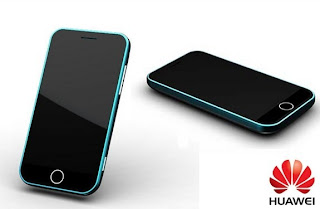China`s Huawei Technologies Co Ltd , unveil cloud-computing mobile phones on Wednesday in an attempt to replicate its telecom gear success in the smartphone market.
The company, known for its low costs, is betting its cloud-computing smartphones will help the firm grab market share from the likes of Apple Inc and Samsung Electronics, analysts say. Huawei will launch its “Vision” smartphones at a media event in Beijing.
Cloud computing refers to data and software stored on computer servers rather than individual PCs and accessed over the Internet. Cloud computing smartphones will allow users to download applications without needing much storage space on their devices.
Last month, China`s Alibaba Group launched its first self-developed mobile operating system and smartphone running on its cloud computing-based operating system.
Founded in 1987, Huawei has grown rapidly. The Shenzhen-based company reported revenue of $28 billion last year. It aims to boost revenue to $100 billio! n in the next 10 years.
Huawei`s devices division, which focuses on consumer products such as smartphones, tablets and wireless cards, contributed about 17 percent to total revenue.
However, the company plans to boost its revenue in the consumer electronics space and aims to become the world`s third largest cellphone maker within five years.
In July, Huawei Device executives said the firm aimed to ship 20 million smartphones this year, higher than a previous target of 12 million-15 million units.
In June, Huawei unveiled its MediaPad, a 7-inch Android-based tablet computer in Singapore, and is also developing a 10-inch device to be launched this year.
The privately-held company employs more than 110,000 people, about half of whom are based outside China.
Huawei`s U.S. expansion plans in the network equipment sector have hit roadblocks on suspicions the company maintains links with China`s military.
Ren Zhengfei, Huawei`s ! low-profile founder who started the company with just 21,000 yuan ($3,200), served in the People`s Liberation Army until 1983.
Source: Economic Times
